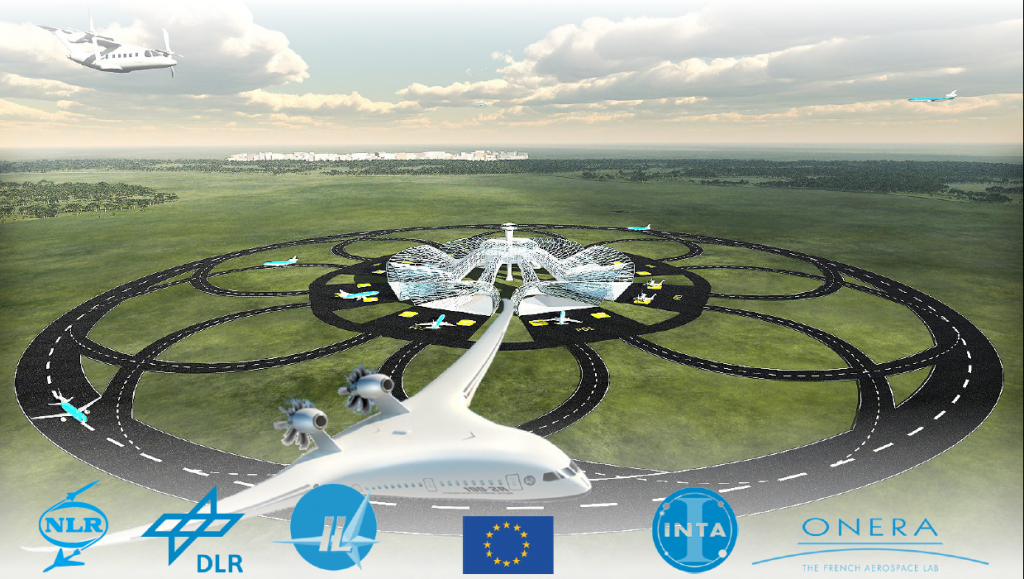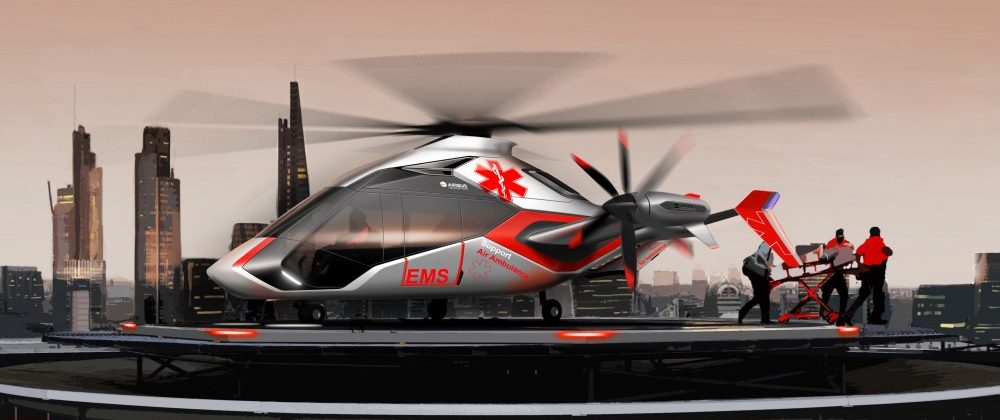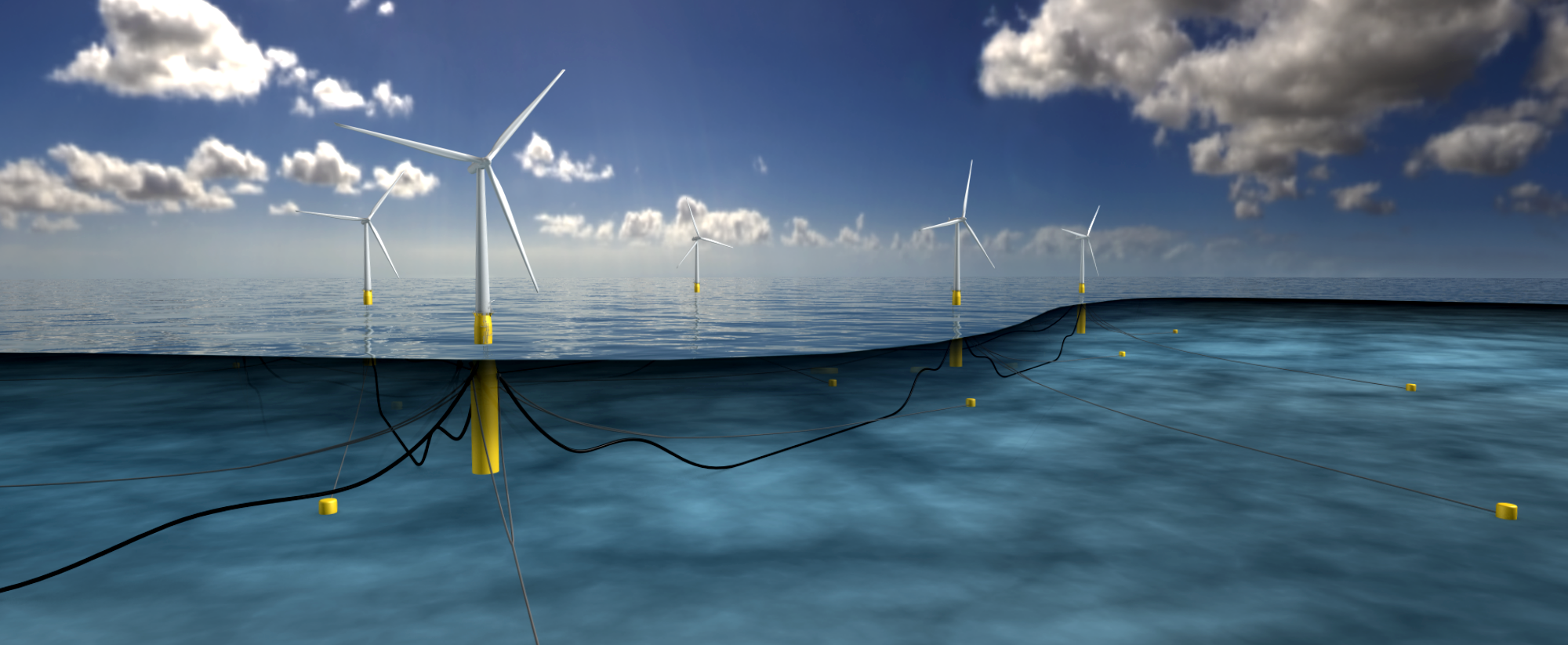Maiden flight 787-10 scheduled
Boeing has announced the date of the 787-10 Dreamliner maiden flight to be March 31st. Its public roll-out on February 17th took place at its exclusive building site in North Charleston, South Carolina. The event was celebrated by thousands of employees along with U.S. President Donald Trump and the Governor of South Carolina.
https://twitter.com/BoeingAirplanes/status/844595295367385090
As of February 2017 over 1200 orders have been placed for the entire 787 family, of which 149 for the 787-10 variant. Its prime customers include Singapore Airlines and Etihad Airways, both having ordered 30 aircraft. First delivery is planned for 2018.
Boeing shall be broadcasting the first flight of the newest member of the 787 family, subject to weather and other factors, live online here.







